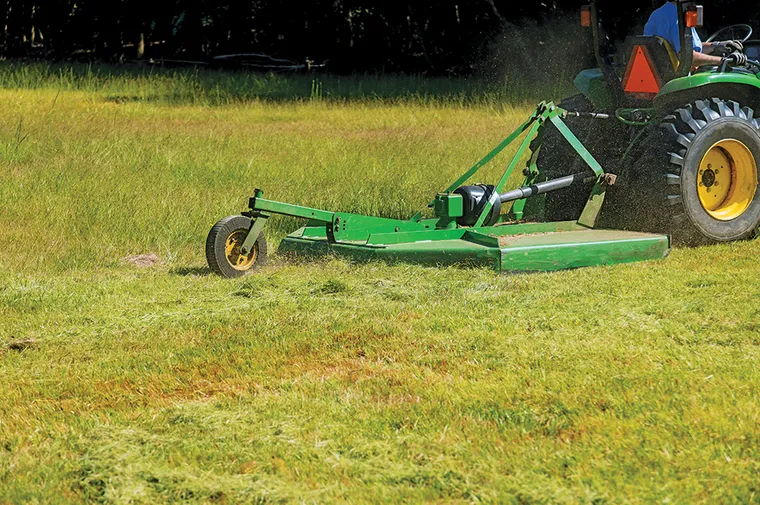A low-maintenance approach to landscaping can lead to long-term benefits in biodiversity
When most city folk think of grass, they imagine a nearly identical image:not a single blade, but a verdant short-cropped field.
This type of turf grass can be found on most household lawns, public parks, and golf courses. It can be meticulously maintained to the highest HOA standards, or it can be unkempt, ripe for a resourceful teenager to make a quick buck; regardless, each roll of sod was put there intentionally, as if to capture a small snippet of nature and keep it tame in a neat little patch.
A well-manicured lawn may be a perfect place for a picnic—it’s difficult to imagine a picturesque suburban home, campus, or park without grass—but this is a pale representation of the natural grasslands that provide food, shelter, and breeding grounds for an entire ecosystem.
This is not a new idea for folks who prefer a rural lifestyle, opting to integrate into nature rather than human-made concrete jungles. But as sustainability becomes a necessary component for cities and their parks, many municipalities have adopted low-mow and no-mow zones to help integrate native ecosystems into developed areas.
Low-mow zones are areas with a restricted mowing schedule—usually parks and recreation departments direct staff members to maintain the area once or twice a year, but some land-management plans can extend that to once every three years or more. This allows native plants and grasslands to thrive while also containing their growth so areas don’t get too wild.
Naturally, a no-mow zone is similar, but with the key difference of succession—land managers allow the designated area to return to a natural state through successive generations. Within a century, a no-mow zone may become a thriving forest as Mother Earth takes back the land.

